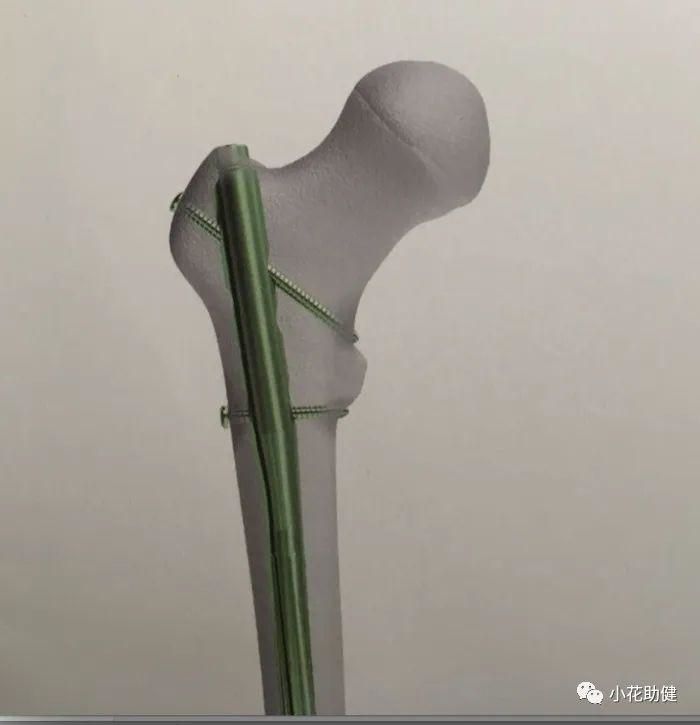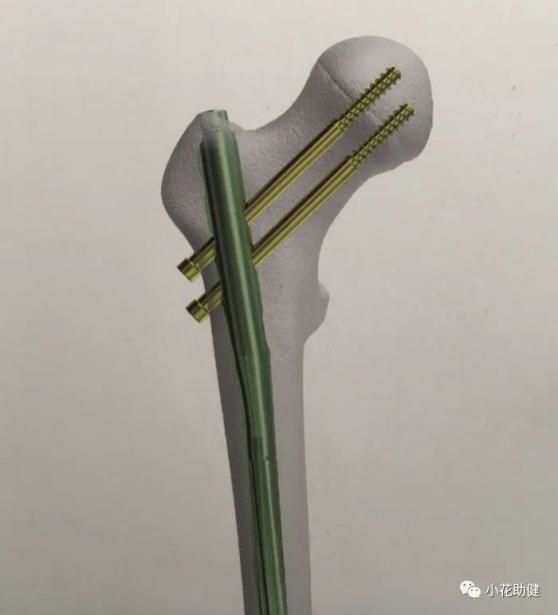Intramedullary nailing is a commonly used orthopedic internal fixation technique that dates back to the 1940s. It is widely used in the treatment of long bone fractures, non-unions, and other related injuries. The technique involves inserting an intramedullary nail into the central canal of the bone to stabilize the fracture site. In simple terms, the intramedullary nail is a long structure with multiple locking screw holes at both ends, which are used to fix the proximal and distal ends of the fracture. Depending on their structure, intramedullary nails can be categorized as solid, tubular, or open-section, and are used to treat different types of patients. For instance, solid intramedullary nails have a better resistance to infection due to their lack of internal dead space.
What types of fractures are suitable for intramedullary nails?
Intramedullary nail is an ideal implant for treating diaphyseal fractures, especially in the femur and tibia. Through minimally invasive techniques, intramedullary nail can provide good stability while reducing soft tissue damage in the fracture area.
The closed reduction and intramedullary nailing fixation surgery has the following benefits:
Closed reduction and intramedullary nailing (CRIN) has the advantages of avoiding incision of the fracture site and reducing the risk of infection. With a small incision, it avoids extensive soft tissue dissection and damage to blood supply at the fracture site, thus improving the healing rate of the fracture. For specific types of proximal bone fractures, CRIN can provide sufficient initial stability, allowing patients to start joint movement early; it is also more advantageous in terms of bearing axial stress compared to other eccentric fixation methods in terms of biomechanics. It can better prevent loosening of the internal fixation after surgery by increasing the contact area between the implant and bone, making it more suitable for patients with osteoporosis.
Applied to the tibia:
As shown in the figure, the surgical procedure involves making a small incision of 3-5 cm only above the tibial tubercle, and inserting 2-3 locking screws through incisions of less than 1 cm at the proximal and distal ends of the lower leg. Compared to traditional open reduction and internal fixation with a steel plate, this can be called a truly minimally invasive technique.
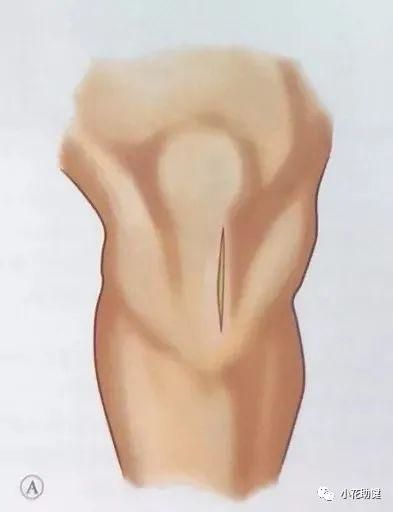
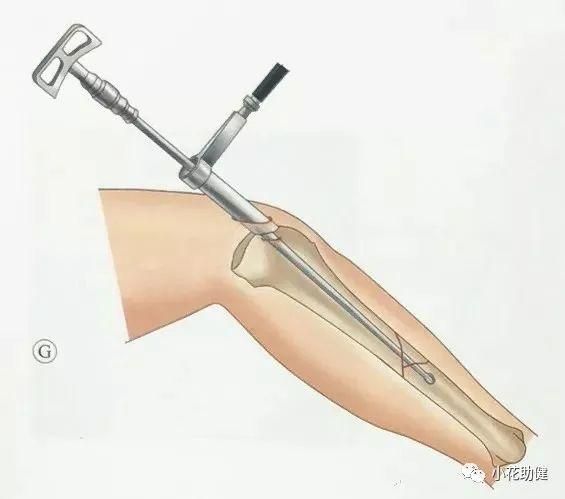
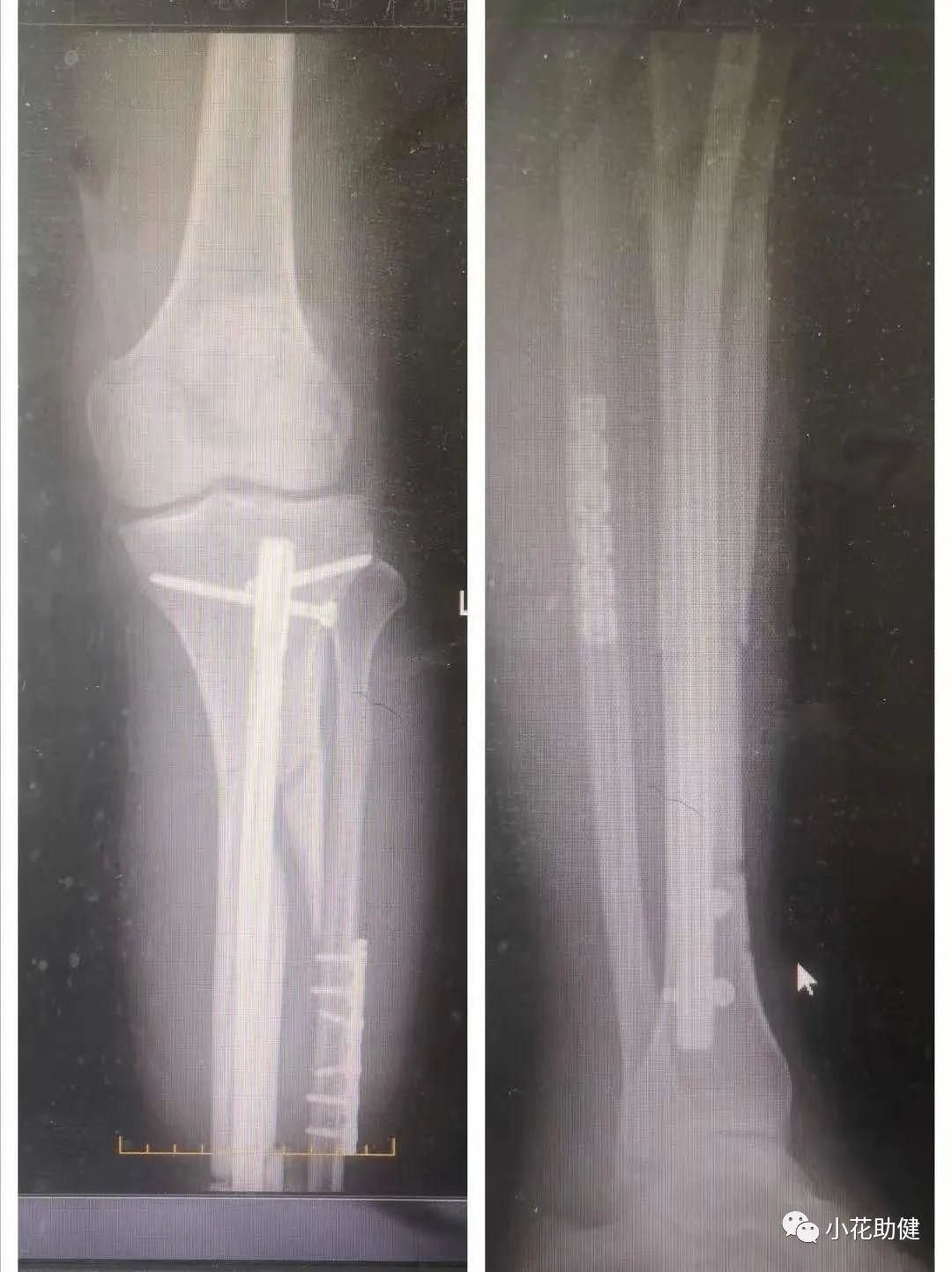
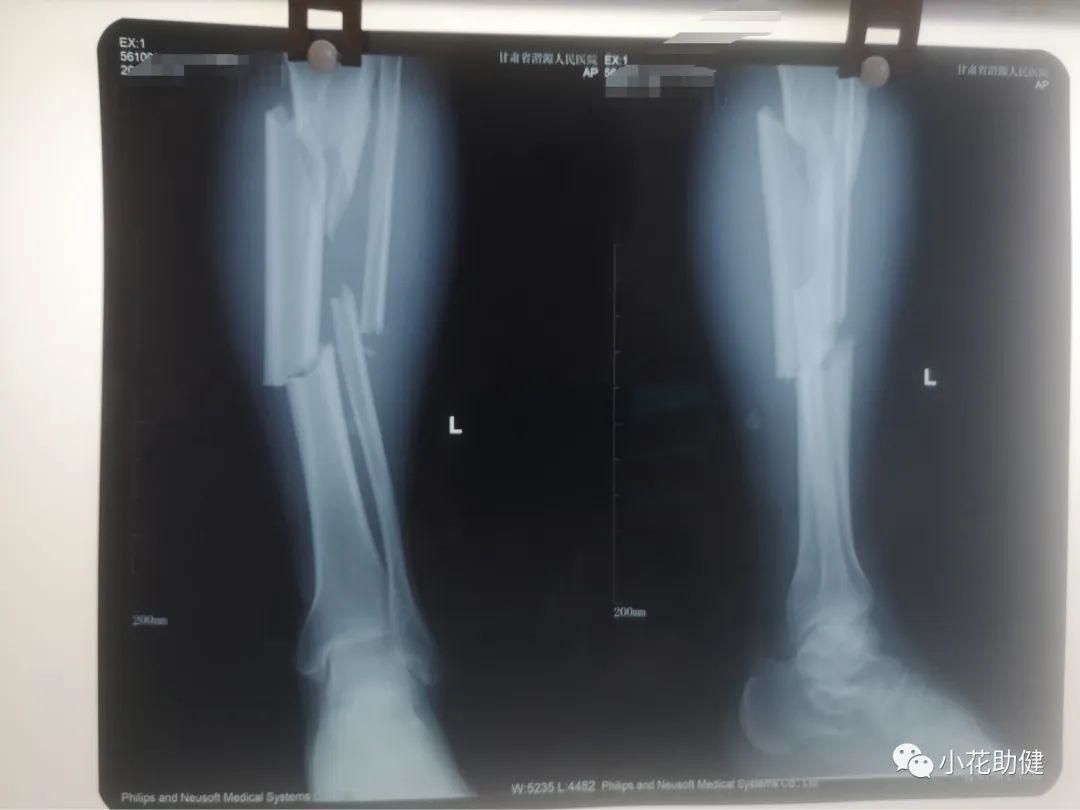
Applied to the femur:
1.Interlocking function of the femoral locked intramedullary nail:
Refers to its ability to resist rotation through the locking mechanism of the intramedullary nail.
2.Classification of the locked intramedullary nail:
In terms of function: standard locked intramedullary nail and reconstruction locked intramedullary nail; mainly determined by stress transmission from the hip joint to the knee joint, and whether the upper and lower parts between the rotators (within 5cm) are stable. If unstable, reconstruction of hip stress transmission is needed.
In terms of length: short, proximal, and extended types, mainly chosen based on the height of the fracture site when selecting the length of the intramedullary nail.
2.1 Standard interlocking intramedullary nail
Main function: axial stress stabilization.
Indications: Fractures of the femoral shaft (not applicable to subtrochanteric fractures)
2.2 Reconstruction interlocking intramedullary nail
Main function: The stress transmission from the hip to the femoral shaft is unstable, and the stability of stress transmission in this segment needs to be reconstructed.
Indications: 1. Subtrochanteric fractures; 2. Fractures of the femoral neck combined with femoral shaft fractures on the same side (bilateral fractures on the same side).
PFNA is also a type of reconstruction-type intramedullary nail!
2.3 Distal locking mechanism of intramedullary nail
The distal locking mechanism of intramedullary nails varies depending on the manufacturer. Generally, a single static locking screw is used for proximal femoral intramedullary nails, but for femoral shaft fractures or lengthened intramedullary nails, two or three static locking screws with dynamic locking are often used to enhance rotational stability. Both femoral and tibial lengthened intramedullary nails are fixed with two locking screws.
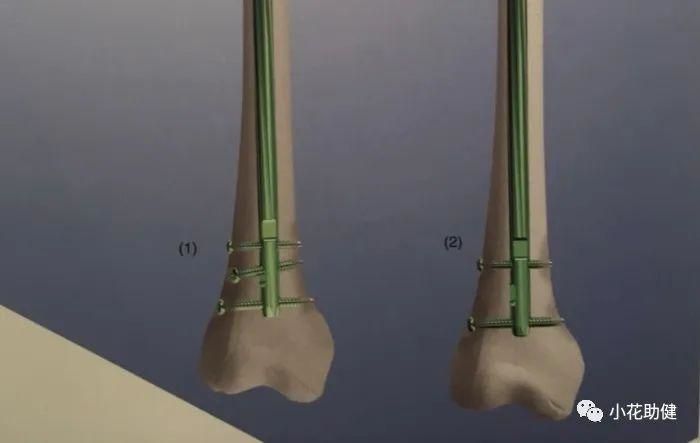
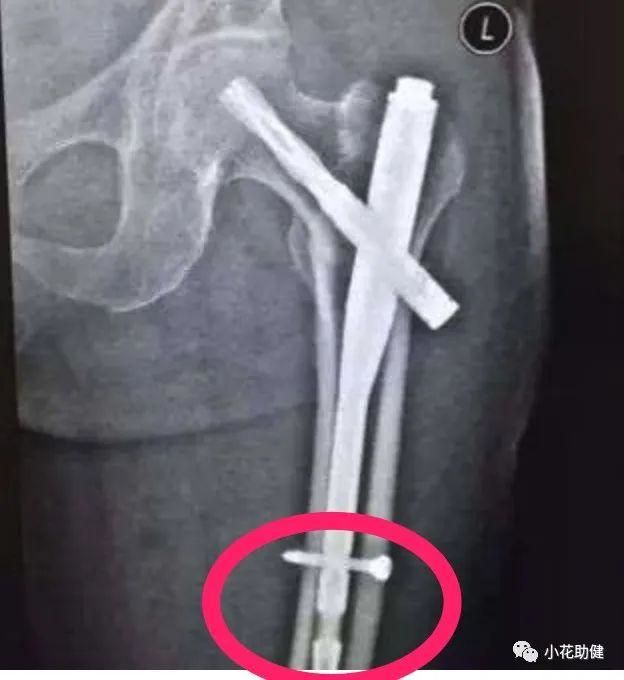
Post time: Mar-29-2023





